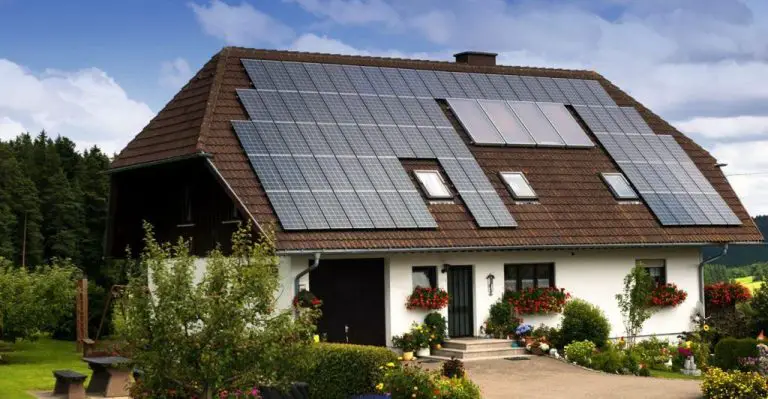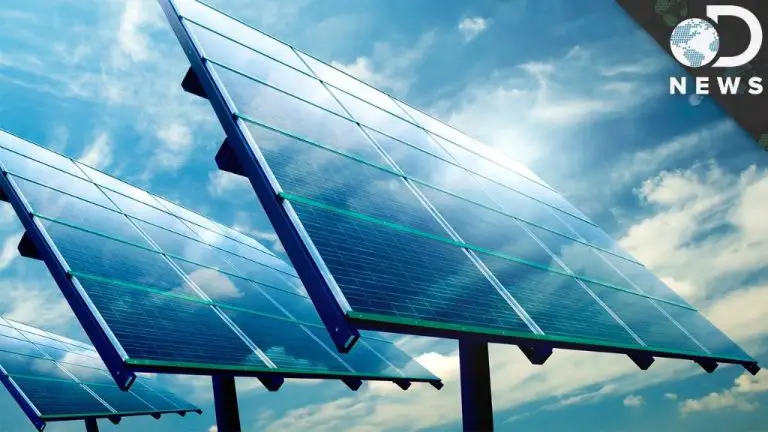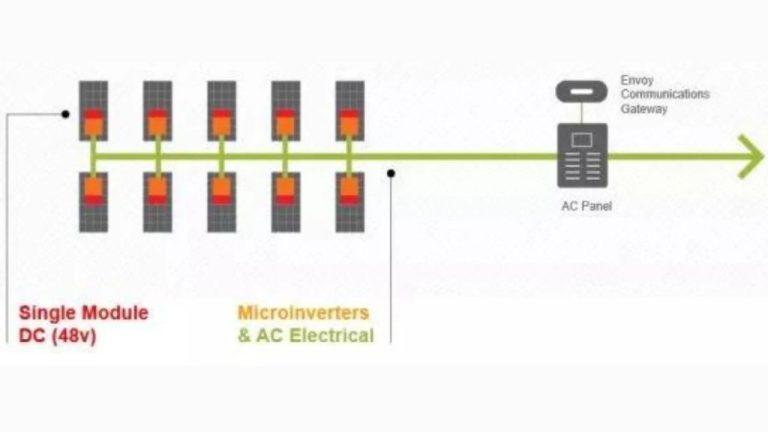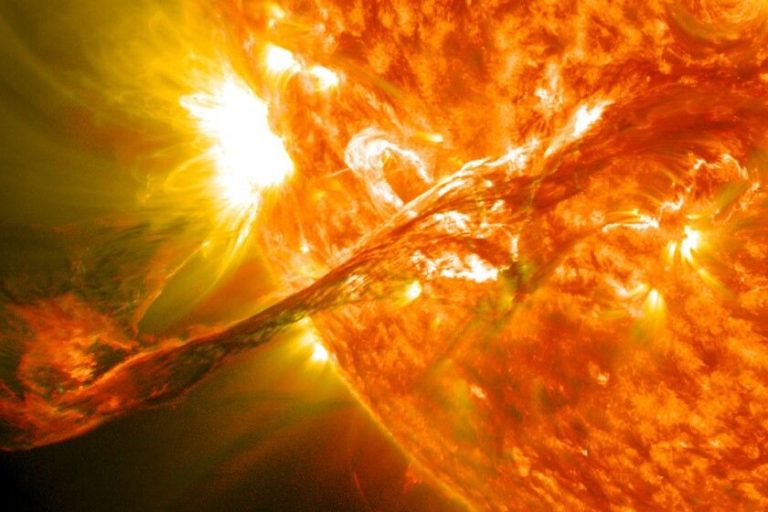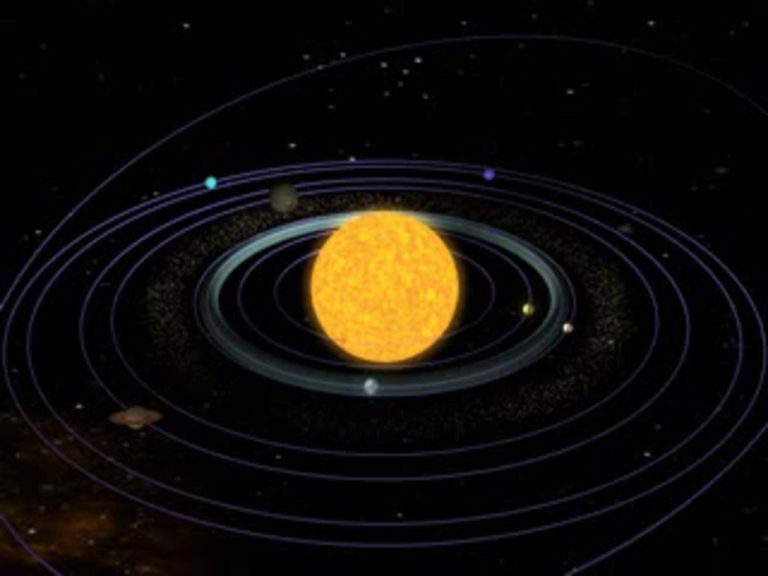What Is One Of The Biggest Problems Associated With Solar Energy?
Intermittency
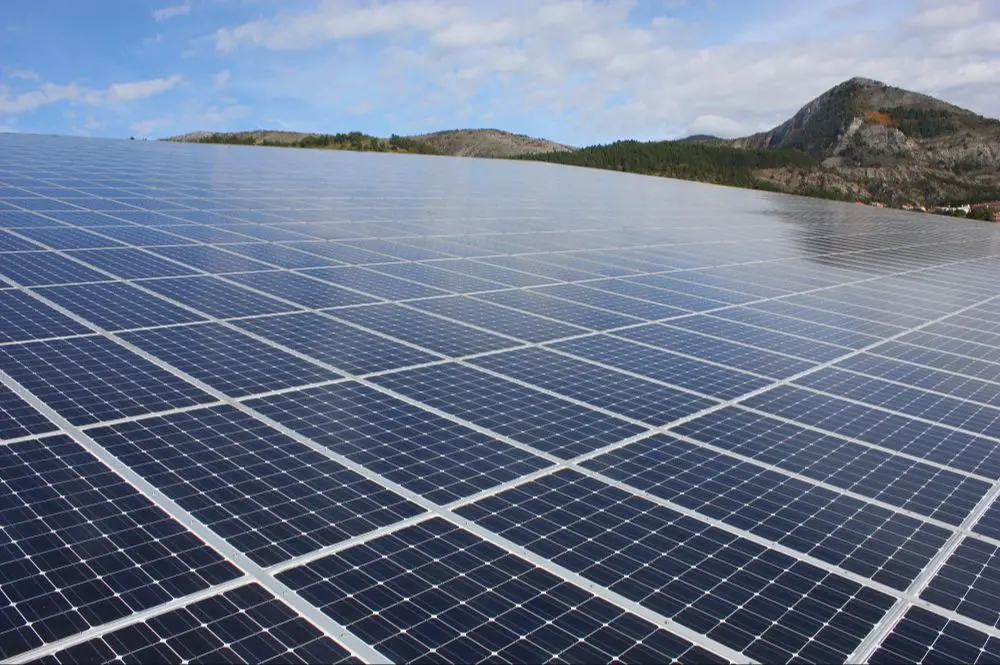
One of the biggest problems associated with solar energy is intermittency. Intermittency refers to the fact that solar energy depends on sunlight, which can vary significantly throughout the day and across seasons due to changes in weather and climate (EnergyX 2021). Unlike fossil fuels which can provide energy on demand, solar power can only be generated when the sun is shining (Scientific American 2015). This intermittency can make it challenging to integrate large amounts of solar power into the electric grid and meet energy demand at all times. For example, solar energy production drops to zero at night and decreases on cloudy days. This can be problematic for balancing supply and demand on the grid. Intermittency also makes solar power less consistent and dispatchable than traditional power plants.
High Upfront Costs
One of the biggest challenges with solar energy is the high upfront costs associated with purchasing and installing solar panels and equipment compared to fossil fuel power generation. According to a Forbes article, the average cost to install a solar system for a home is around $15,000 to $25,000 before incentives and rebates. For businesses or utilities, the costs can be in the hundreds of thousands or millions of dollars. These high initial investment costs are prohibitive for many homeowners and organizations.
However, as mentioned in this LinkedIn article, solar power should be viewed as a long-term investment. Once installed, the fuel costs of solar are zero. So over the 20-30 year lifespan of a solar system, the energy savings and reduced utility bills can more than make up for the initial costs. Tax credits, rebates, and financing options can also help mitigate the initial investment. While solar has high upfront costs, the long-term return for decades of free electricity production makes it a sound financial decision.
Land Use
Solar farms require large areas of land, typically 5-10 acres per megawatt of capacity for utility-scale farms (NREL). The amount of land needed presents several challenges. First, converting such vast areas can disrupt habitats and impact vegetation and wildlife (Solar Energy Development Environmental Considerations). Solar facilities are estimated to impact 0.0006% of total land area in the U.S., however some regions will see a higher concentration of solar farms which could substantially alter local environments (Environmental Impacts of Solar Power).
There are ways to mitigate the land use impacts according to one analysis. Proper site selection, going beyond minimum wildlife protections, and planning for vegetation regrowth can help reduce disruption to ecosystems. Additionally, using previously degraded lands and integrating solar into existing land uses like agriculture can limit environmental harm (Maximizing hydrological and environmental benefits of solar farms).
Storage Limitations
One of the main challenges of solar energy is the ability to store and save the energy for use when the sun isn’t shining. Unlike fuels like coal and natural gas, solar energy can only be harnessed during daytime hours when there is direct sunlight. At night and during cloudy days, solar panels don’t generate any electricity. This creates an inconsistency between when solar energy is produced and when energy is needed by homes and businesses. According to Energy 5, “The biggest challenge to solar energy adoption is the initial cost of installation. While solar energy systems can provide long-term savings on electricity bills, the upfront cost to purchase and install solar panels can be steep for many households and businesses.” 1
Batteries are typically used to store solar energy for use at night, but this comes at a significant additional cost and requires a large battery installation. The size of the battery bank required depends on factors like the size of the solar panel system, typical weather patterns in the area, and the amount of overnight usage needed. According to MK Battery, “Solar power storage can have its challenges, such as access to sunlight, cost and battery size, even with the progression of solar technology.”2 Developing more efficient and affordable storage solutions is vital for solar to reach its full potential as a mainstream energy source.
Transmission Capacity
One of the major challenges with scaling up solar power is that the best solar resources are often located far from population centers that need the electricity. For example, solar potential is highest in the sunny Southwest, while major cities are concentrated on the coasts. This requires building new transmission infrastructure to get the power to where it’s needed.
According to the Department of Energy, the U.S. will need to increase long-distance, high-voltage transmission by 60% by 2030 to accommodate the projected growth in renewable energy. However, expanding transmission lines is extremely capital-intensive and faces numerous hurdles like permitting issues and “not in my backyard” opposition. There are also technological challenges with transmitting power over very long distances due to power losses.
Several proposed major transmission projects like the SunZia line from New Mexico to Arizona have faced delays and uncertainty. Until massive new investments are made in transmission, the lack of infrastructure will remain a bottleneck limiting the growth of utility-scale solar power, especially from solar farms far from load centers.
Toxic Materials
Some solar panel components use toxic materials that require careful disposal. Solar panels often contain lead, cadmium, and other hazardous substances that cannot be removed without breaking apart the panel (https://www.forbes.com/sites/michaelshellenberger/2018/05/23/if-solar-panels-are-so-clean-why-do-they-produce-so-much-toxic-waste/). The classification of solar panels as hazardous waste depends on the leachability of toxic materials like lead and cadmium. Some panels exceed the regulatory threshold for these substances, while others do not, even within the same model and manufacturer. This makes it challenging to universally classify all solar panels as hazardous or not (https://www.epa.gov/hw/end-of-life-solar-panels-regulations-and-management). Proper end-of-life disposal and recycling is critical to prevent toxic materials from leaching into the environment.
Water Use
One of the biggest problems with solar energy is the water use required for some utility-scale solar thermal power plants. Solar thermal plants use mirrors or lenses to concentrate sunlight and convert it into heat to create steam to run a turbine generator. This process requires cooling water. According to the Solar Energy Industries Association, the Nevada Solar One parabolic trough plant consumes 850 gallons of water per MWh on a 360-acre site near Las Vegas. This is equivalent to about 300,000 gallons of water per acre per year.
As reported by PBS, concentrating solar thermal projects that utilize “wet-cooling” can use a significant amount of water per megawatt-hour generated. This high water usage is especially concerning in arid regions where water scarcity is already an issue. While some solar thermal plants use less water intensive “dry-cooling” methods, the tradeoff is lower efficiency. Overall, the large quantities of water needed for cooling and cleaning at some solar thermal power plants is a major problem that must be addressed through improved technologies and siting decisions.
Variability in Efficiency
One challenge with solar power is that the efficiency of solar panels can vary significantly depending on different factors. According to Eco-Green Energy, solar panel efficiency is affected by temperature – high temperatures have a negative impact on solar panel performance
The efficiency of solar panels also depends on the specific climate and latitude where they are installed. Panels installed in hotter climates near the equator will be less efficient than those in cooler climates farther from the equator. This is because solar panel efficiency decreases as temperature increases (Eco-Green Energy).
In addition, solar panel efficiency degrades over time. Most solar panels lose around 0.5% of their efficiency per year as they age and degrade from weathering effects (DynamicsLR). So the efficiency of a solar system will steadily drop over its usable lifespan of around 25-30 years.
Other factors like shading, dust/dirt buildup, snow cover, and equipment issues can also reduce the efficiency of solar panels. Proper maintenance and cleaning is required to maximize efficiency (DynamicsLR). Overall, the variability and gradual degradation of solar panel efficiency over time poses challenges for maintaining optimal solar energy production.
Aesthetic Impact
Some find large solar arrays unattractive or disruptive to landscapes. Solar panels can cover a significant amount of land and stand out visually. According to a study by Argonne National Laboratory, concerns over the visual impacts of utility-scale solar facilities have been raised by various stakeholders (https://blmwyomingvisual.anl.gov/docs/solar_visual_impacts.pdf). The large, uniform surfaces of solar panels may contrast with natural surroundings and detract from scenic views. The UK has specific regulations requiring solar farms to assess visual impact with a Landscape and Visual Impact Assessment (LVIA) (https://www.pagerpower.com/news/uk-visual-impact-of-solar-developments/). Careful site selection, screening, and design considerations can help minimize aesthetic impact.
Threats to Wildlife
One issue associated with large solar projects is their potential impact on natural habitats and wildlife. Constructing solar facilities requires clearing land, which can destroy or fragment the habitats of plants and animals (Smallwood 2022).
According to a report from the U.S. Department of Energy, utility-scale solar projects can have negative effects like habitat loss, fragmentation, and degradation. They can also impact wildlife through things like noise, dust, lighting, and fences disrupting movement patterns (Solar Impacts on Wildlife and Ecosystems).
However, the impacts are complex. While solar projects eliminate vegetation, they can also provide some habitat value. Proper siting, planning and mitigation strategies can reduce the harm to species and ecosystems (Sistinesolar.com). Overall, more research is still needed to fully understand solar’s long-term effects on wildlife populations and habitats.

